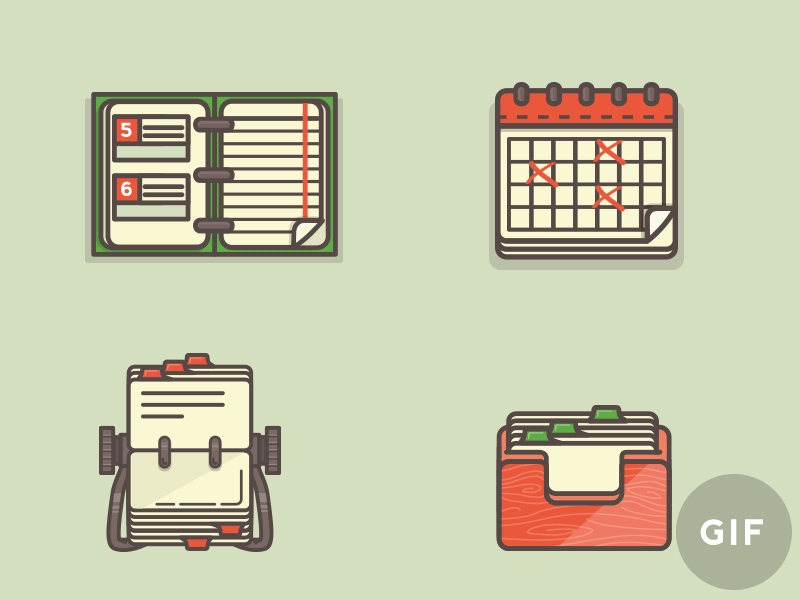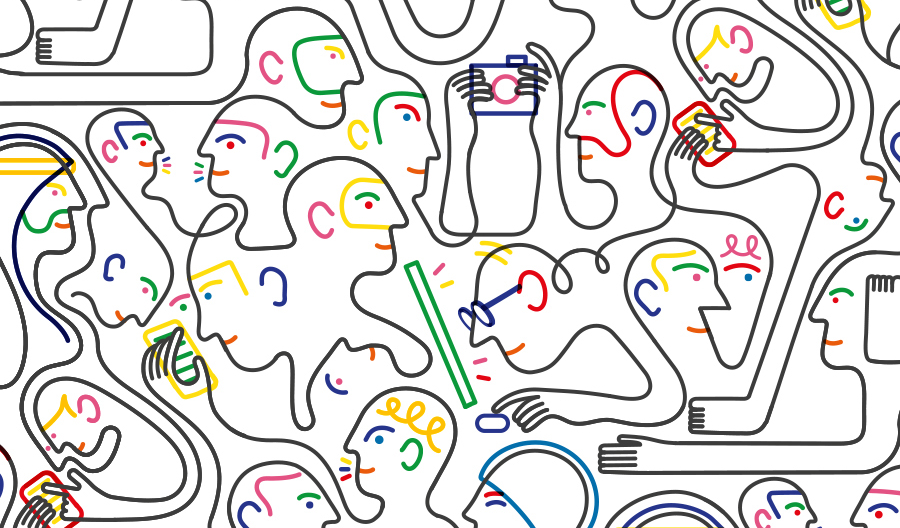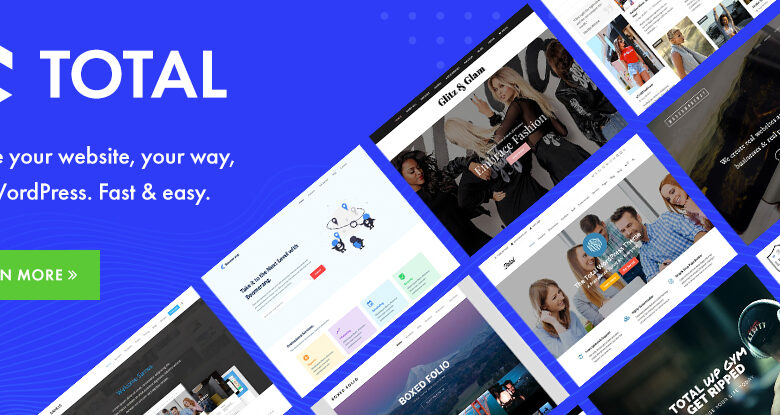In terms of working with clients, one of the hardest things you have to learn – especially if you work as a freelancer or run a small web design company – is to manage your time and projects as efficiently as possible. Even if we are graphic designers, creatives or web designers, we all know and had all those situations when a creative project that seemed to be very simple and had and original estimation of about few weeks’ timeline, finally took few months to complete. We all had those projects that ended in getting stuck in a mysterious limbo, only to have in the end just some communication with a client (and without payment for your work).
These situations are very often and can cause some serious headaches, but we can also learn from there and take few steps to avoid them. Although I will focus on web designers and their projects, all these steps can be easily applied to all aspects of the creative industry (with some changes, of course, depending on the specificity of every creative area).
Set definitive goals and a budget

One of the main reasons for which a web design project gets caught in a limbo is because the client and the web designer haven’t established clear goals for the website.
In terms of creating a website, one of the first discussions with a client should involve determining all the needs of the project:
- Why does the client need a website?
- What is the purpose of the website? Does the client need a site for presentation? Does he want to have an online shop? And so on.
- Who is the target audience for this website? I think this is also important to know from the beginning. Because knowing the target audience and its characteristics will influence later the structure, layout and the content of the website.
- Which is the budget for this website design project? Setting the budget is just as important as all the other needs of the web design project.
If you don’t get all these aspects nailed down from the beginning, you may end up in not being able to see eye to eye with your client through the entire course of the project and finally lose the client.
Very often, some changes can occur during the website design project. In this case, you should asses them immediately or any other additions the clients may ask for. If they don’t support the goals of the website or if they exceed the initial budget, you can remind them what the inceptive goals and budget were.
Develop a plan and stay organized

After determining the goals of the project, you should create an outline of all the steps you and your client need to take in order to accomplish them. Although everyone has different ways to keep things organized, I consider using the simple things is crucial.
I truly believe that everyone has to know his/her role in the project development, in order to make the project moving forward. Therefore, I use two to-do lists: one for me and my team, and one for my client:
-
- my list includes all the tasks me and my team have to complete the
- list of my client includes usually all the reviews (and changes or/and additions) he has to make until the website goes live.
In order to keep the project moving forward without any gaps (or without too many gaps), you should break it down into as many pieces as you can and establish a deadline for each of them. Even if you run a company or work as freelancer, you should assign the tasks for each of your team member and also set the milestones for them. When you have these lists created, go over them with each part involved in the project. Make sure your team and also your client knows what pieces depend on other pieces to be finished before they can be implemented, so all of the different parts can come together smoothly. In terms of delivering a successful web design project, it’s worth going through the project planning process even if you’re a team of one. As your only employee, you need to be also an effective manager to get the most out of the hours you will be putting in.
From my point of view, this is the right moment when online project management tools come into the scene and using them from now on will help you a lot during the whole web design project. There are many online project management tools out there, but I prefer using Teamweek which is an awesome project management software for designers.
Create a timeline

As the next step after creating the to-do lists and assigning the tasks, you should estimate how long each task and step will take. Although you might be a very strict person and estimate how long a task will mostly take, you should add room for errors that could occur during development of every step. For example, if you estimate that creating the content for the home page will take, let’s say, 4 hours, you should calculate a range of 4-6 hours. Trust me, nothing goes exactly as you plan.
Besides, if your estimate is higher than your final total and you will deliver the project sooner than the estimated deadline, your client will be thrilled. On the contrary, if your estimate is lower than the final total, your client might not be happy with you. Sure, excepting those situations when during the website designing process your client might add much more requirements than you initially agreed; in these situations you should adjust your project calendar and budget according to the new requests.
Once you have a list with all steps and stages necessary for delivering a successful web design project, and have assigned the tasks, break them into sections and create a timeline. Just remember yourself to add some extra time at the end of each step, just in case you have to face some bumps along the way. It is always better to be realistic with planning from the beginning, instead of rushing through the project and burn some steps. Also, remember to give a timeline for your requirements from your client as well. We all know that the delays occur many times because of not setting deadlines, also for getting different materials from clients (logos, pictures, texts and so on).
Keep all the lines of communications open

Regardless if it’s about website designers, graphic designers, content writers or other professionals involved in the creative industry, I have mentioned this same advice for so many times, but I really can’t stress it enough: you need to maintain a regular and consistent communication throughout the project, both with your client and with your team members. I have also met many situations where a web design project involves not just you or your team and the client, but also a third part – like copywriter, video explainer producer, graphic designer and so on. You should have a constant communication with them either, in order to keep the ball rolling. I recommend using a communication software like Slack, instead of communicating via email which can get pretty messy.
If for some reasons, one step of the web design project takes more time than it was initially estimated, let everyone involved know this. Also, if one of your team members, your client or one of his team members has missed a deadline, you should remind them the timeline and the milestones that everyone agreed upon in the very early stages of the project. By having set deadlines for every stage of the web design project means that everyone should know exactly what they have to do at every moment and what they need in order to accomplish their tasks.
Be flexible, but realistic

If the client wants to add new features, you should make sure any feature is feasible, it corresponds to the goal of the website, it is budgeted and added to the timeline. That will include additional work for your team, such as another round of edit or more testing of the website or even more functionality. You should provide the right amount of information to the client, so he could make the decisions based on that information. Also, let him know how the decisions will impact the progress of the project and either make adjustments or adjust their expectations.
Bottom line
Managing a web design project seems to be sometimes a very daunting task. Regardless if the project is big or small, every project has an endless number of aspects to take into consideration. But with the proper planning from the beginning you can really make the entire process easy for everyone. By setting goals, planning, creating a timeline, and communicating with all parties involved, you will find yourself moving along smoothly. And even if you might face some few small bumps down the road, you will be able to handle them and deliver a successful website design project.






Leave a Reply